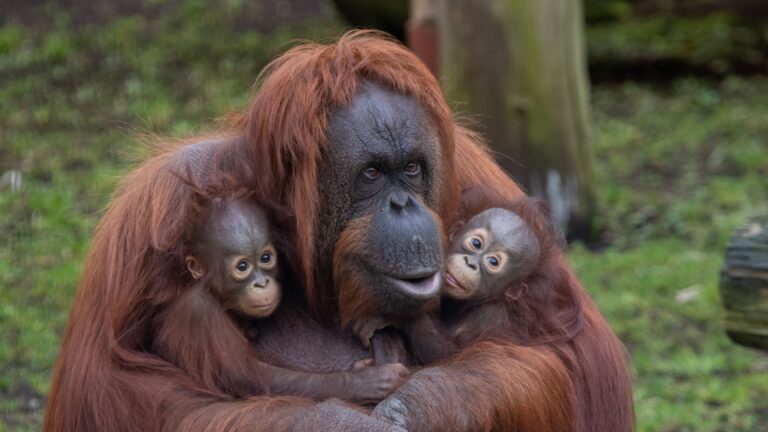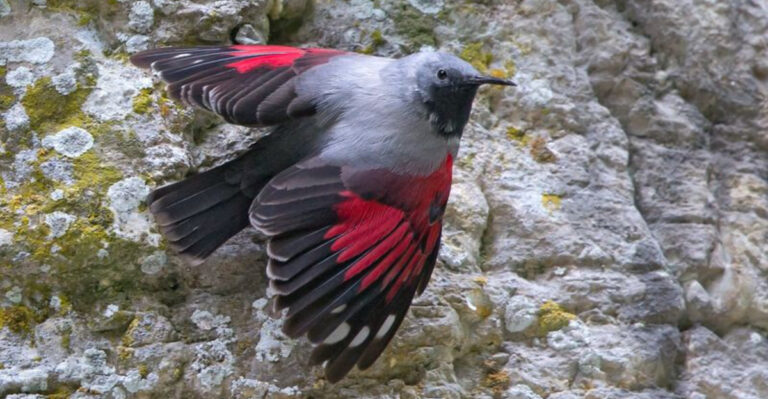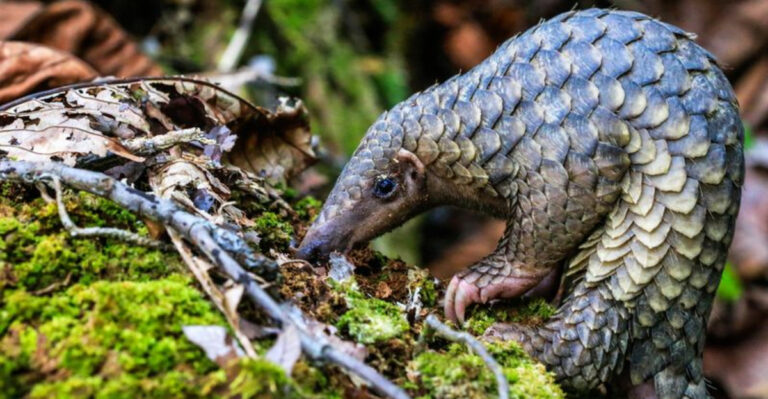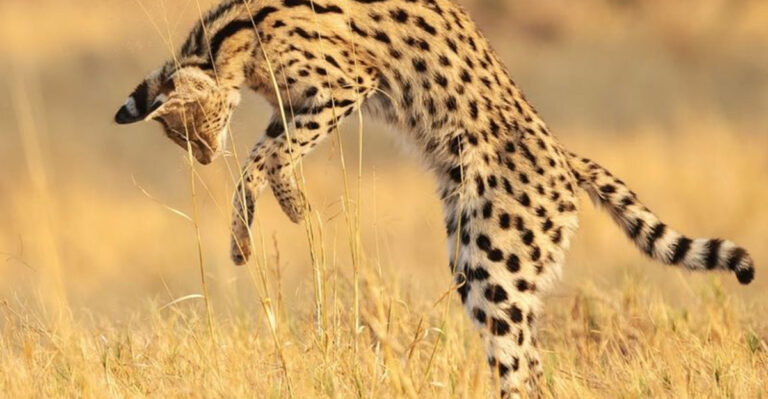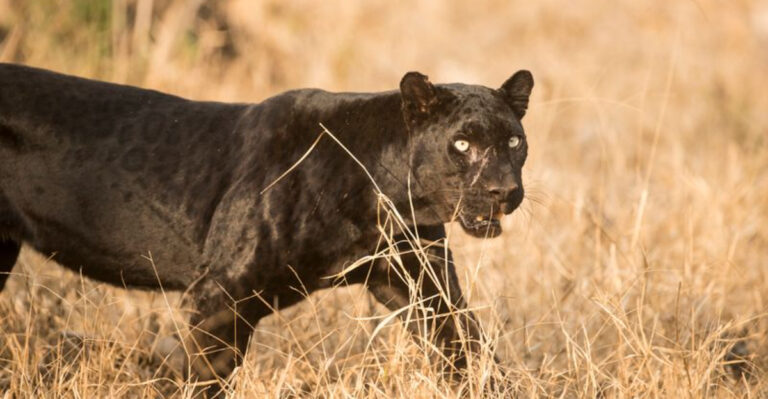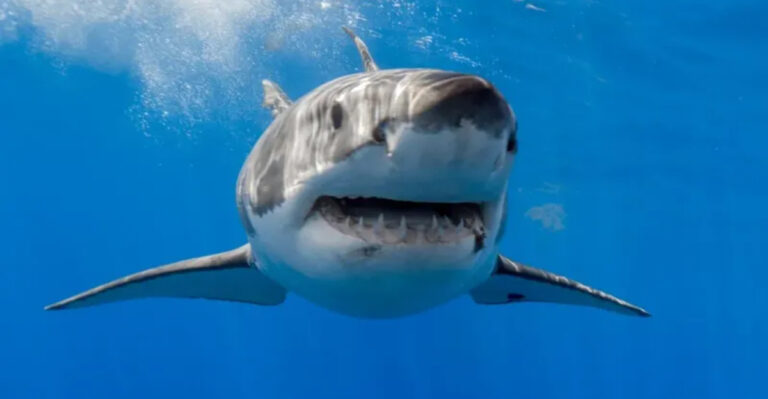15 Beautiful Birds Our Kids May Never See (And Why They’re Disappearing)
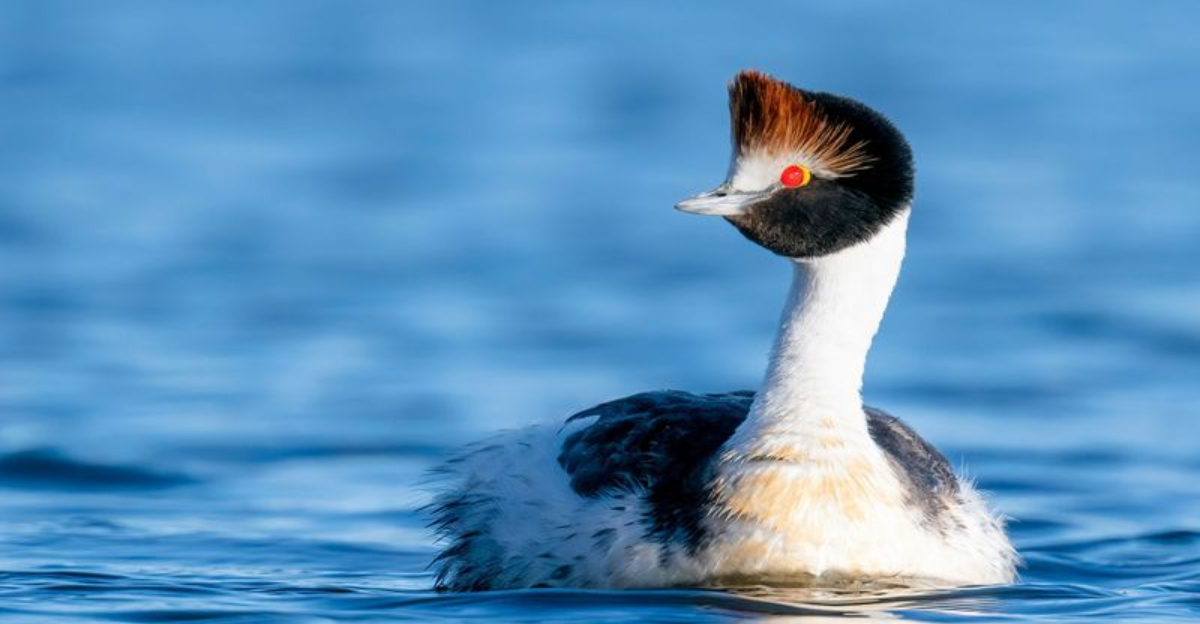
The world is home to an astonishing array of bird species, each with its own unique beauty and charm. However, many of these avian wonders are facing threats that put them at risk of disappearing forever. In this list, we’ll explore incredible birds that our kids may never have the chance to see, uncovering the reasons behind their dwindling numbers.
1. Kakapo
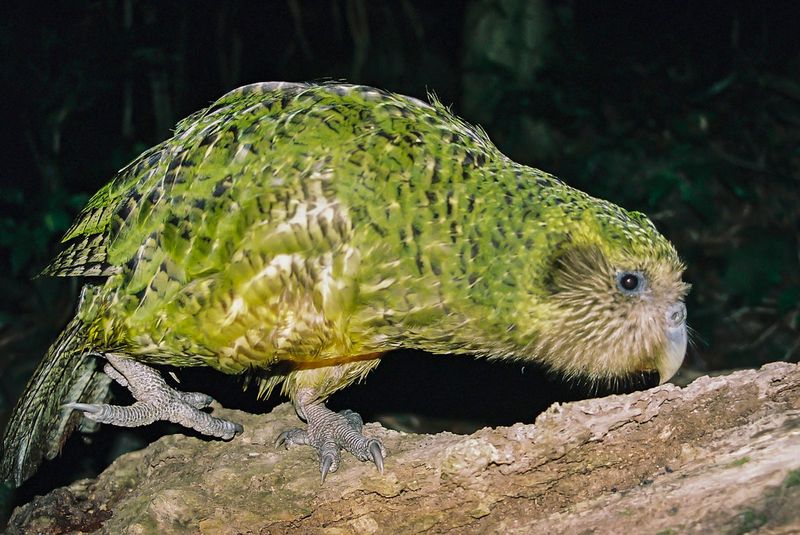
Ever met a parrot who prefers the night shift? The Kakapo is just that – a nocturnal wonder of the avian world.
Known for its mossy green feathers that blend perfectly with the forest floor, this flightless bird is a master of camouflage.
Native to New Zealand, the Kakapo is critically endangered, with fewer than 250 individuals remaining.
Habitat destruction and introduced predators have driven this gentle giant to the brink. Conservation efforts are underway, but will they be enough?
2. Spix’s Macaw
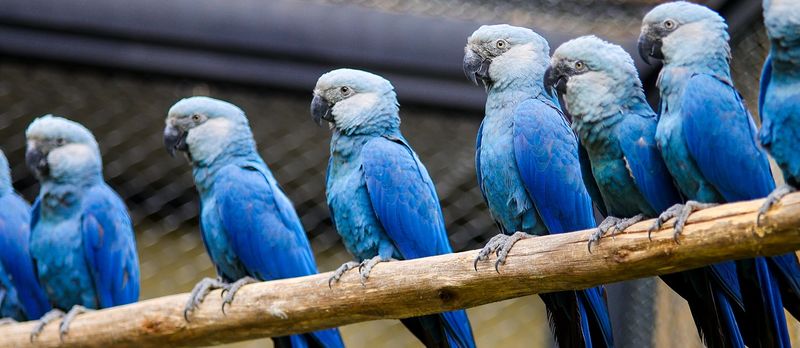
A bird so rare, it’s like spotting a unicorn in the wild! The Spix’s Macaw, with its stunning blue feathers, is native to Brazil.
This vibrant bird’s numbers have plummeted due to habitat destruction and the illegal pet trade.
Once thought extinct in the wild, conservationists are working tirelessly to reintroduce the Spix’s Macaw back into its natural habitat.
Its survival hangs in the balance, showcasing the delicate interplay between human activity and wildlife conservation.
3. California Condor
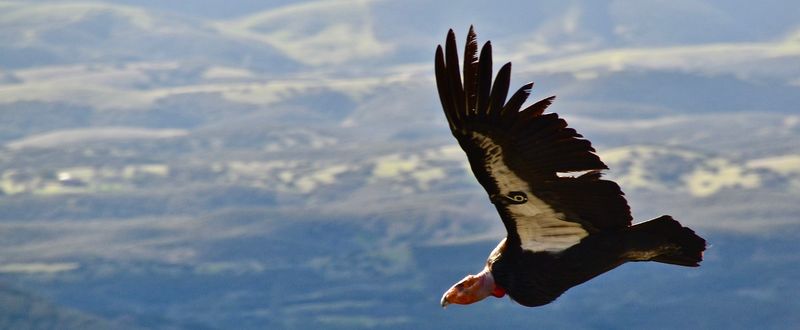
Imagine a bird with a wingspan wider than a grand piano. That’s the California Condor for you!
These majestic vultures once soared across North America, but faced near extinction due to lead poisoning from ingested spent ammunition.
With a wingspan stretching up to 3 meters, these birds are a sight to behold.
4. Philippine Eagle
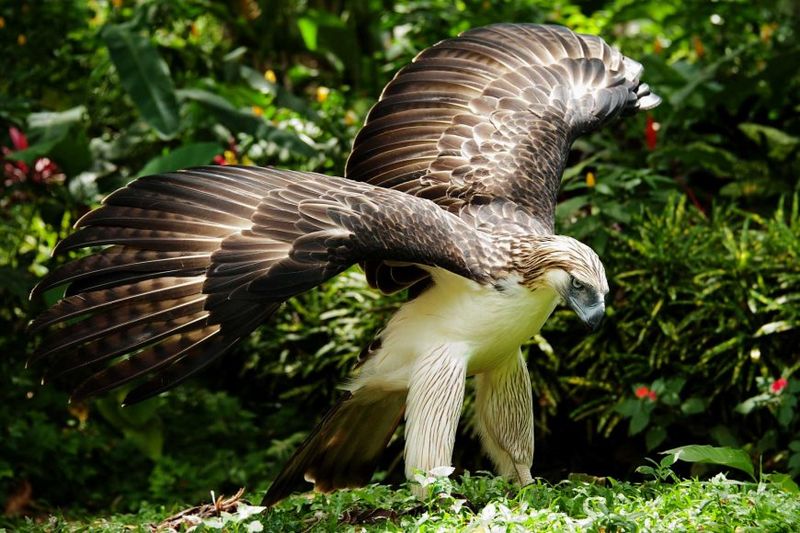
The king of the skies in the Philippines, this eagle is no ordinary bird of prey.
With striking blue-grey eyes and a crown of feathers, the Philippine Eagle commands attention. Unfortunately, deforestation has reduced their habitat drastically.
Known locally as the “Haribon,” meaning “Bird King,” these eagles are among the biggest and heaviest in the world. Their struggle for survival reflects the broader environmental challenges facing the Philippines.
5. Regent Honeyeater

In the symphony of the Australian bush, the Regent Honeyeater’s song is fading away. This nectar-feeding bird’s bright yellow and black plumage is as striking as its dwindling numbers.
Once flourishing in the woodlands, the Regent Honeyeater now teeters on the edge, with fewer than 400 individuals left.
Habitat loss due to agriculture and urban development has severely impacted their populations.
6. Bali Myna
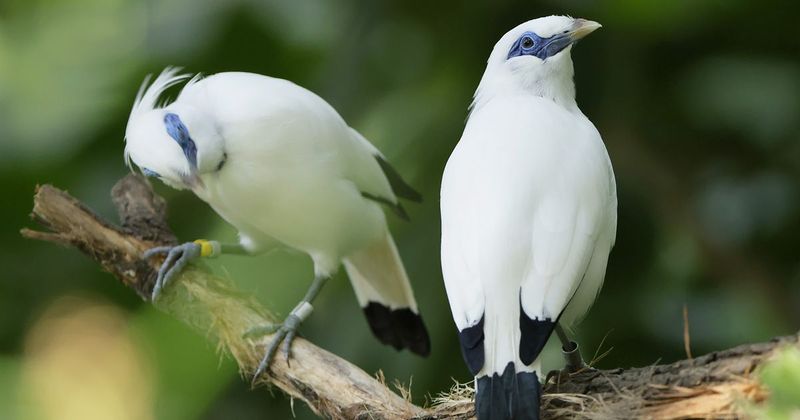
With plumage as white as Bali’s sandy beaches, the Bali Myna is a vision of elegance. But beneath its beauty lies a tale of survival.
This bird is critically endangered, with poaching and habitat loss threatening its existence.
Found only on the Indonesian island of Bali, conservationists are striving to protect this avian jewel. Captive breeding programs offer hope, but the wild population remains perilously low.
7. Yellow-Eyed Penguin
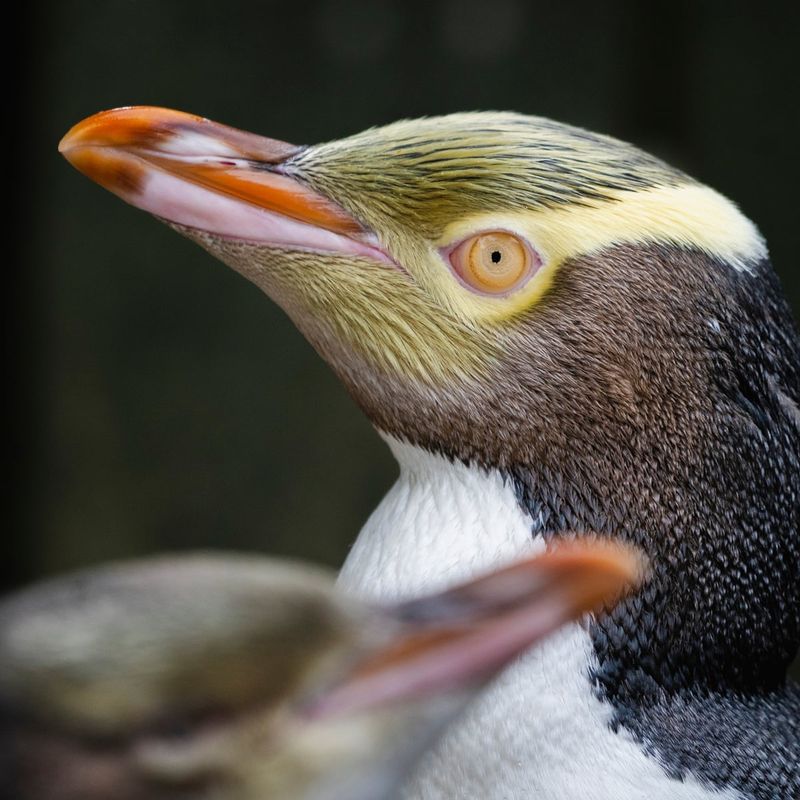
Penguins with eye-catching yellow peepers? The Yellow-Eyed Penguin of New Zealand is an absolute showstopper. Yet, with fewer than 4,000 individuals, it’s one of the world’s rarest penguin species.
Predators and human activities have pushed these charming waddlers to the edge. Conservationists are working to protect their coastal habitats, but every breeding season is critical for their survival.
8. Forest Owlet
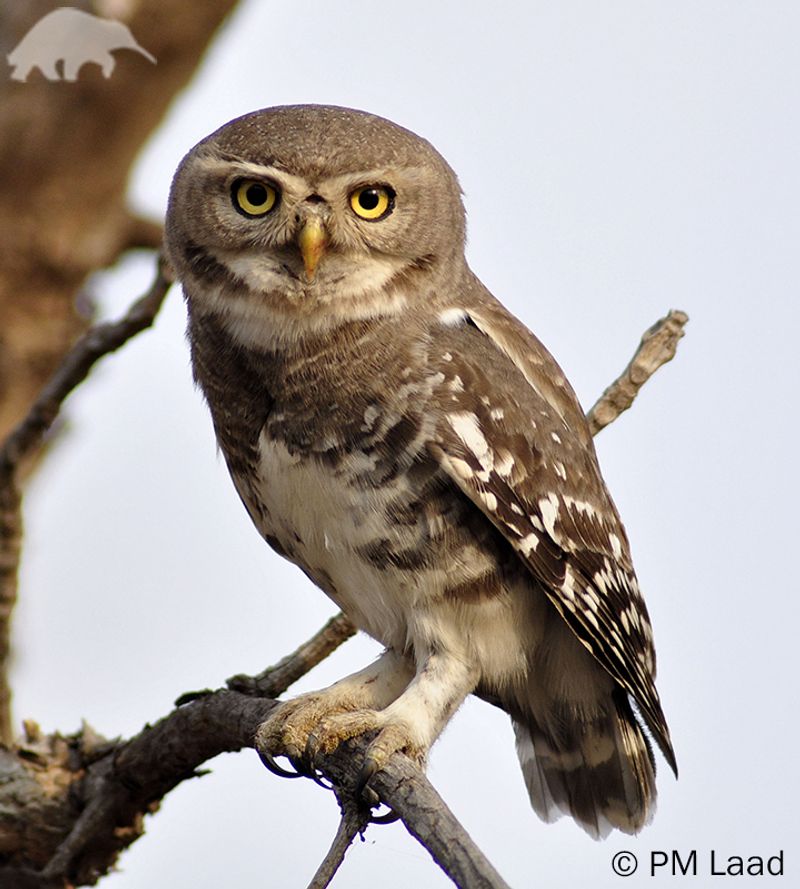
Say hello to the Forest Owlet, a bird once thought extinct for over a century. Rediscovered in India, this little owl is as elusive as it is endearing.
With fewer than 250 individuals, habitat destruction is its biggest threat. Strict protections are in place, but the future remains uncertain. This bird’s story is one of mystery and hope.
9. Giant Ibis
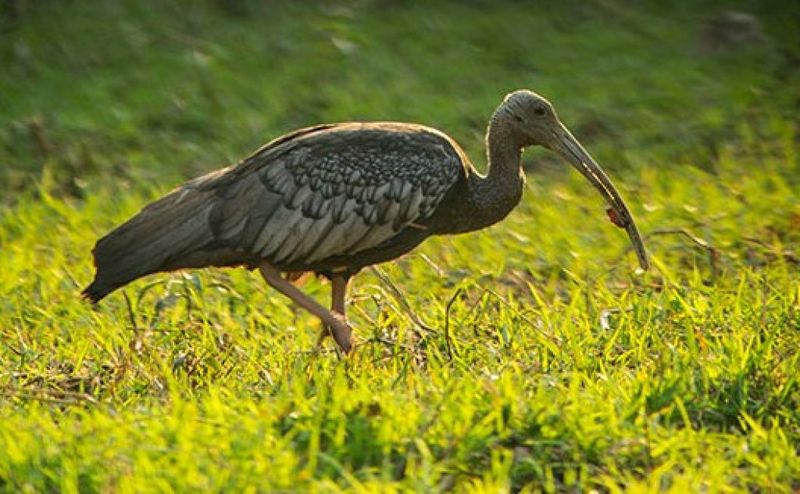
Towering over its ibis relatives, the Giant Ibis strikes an impressive figure in Cambodia’s wetlands. However, its size hasn’t shielded it from the dangers of hunting and habitat loss.
With fewer than 300 left in the wild, the Giant Ibis serves as Cambodia’s national bird, symbolizing both pride and urgent conservation needs.
10. Kagu
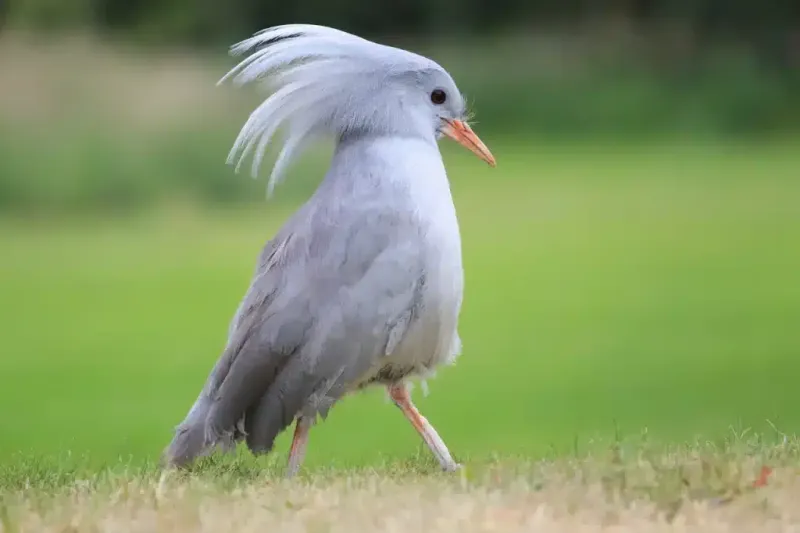
With feathers reminiscent of misty mornings, the Kagu is New Caledonia’s enigmatic bird. This flightless wonder’s story is filled with mystery and survival amid habitat destruction.
An emblem of the island, the Kagu’s numbers are dwindling due to predation and deforestation. Conservation efforts continue, seeking to secure this bird’s future.
11. Spoon-Billed Sandpiper
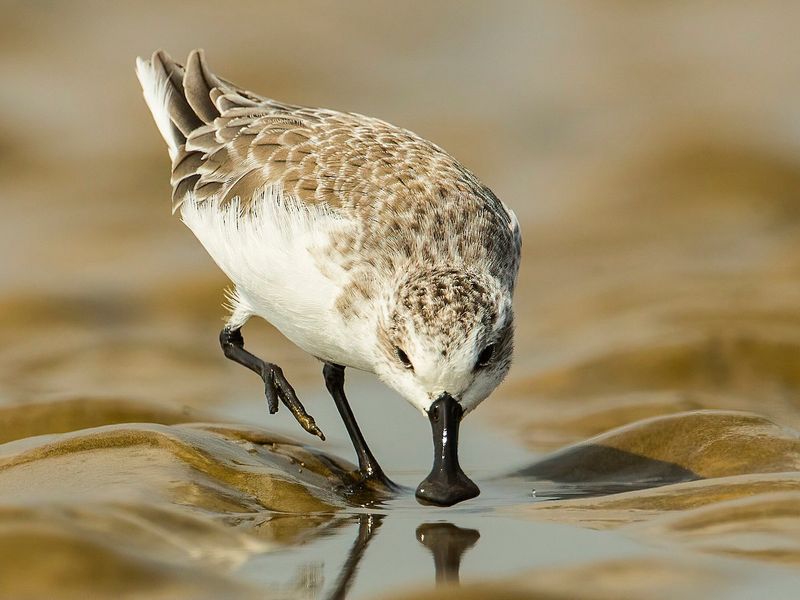
With a bill like no other, the Spoon-billed Sandpiper is a marvel of nature. This small bird’s quirky spoon-shaped bill helps it scoop up food, but habitat loss is a major threat.
Breeding in Russia and wintering in East Asia, its migratory path is laden with challenges. Fewer than 800 remain, making conservation crucial.
12. Hooded Grebe
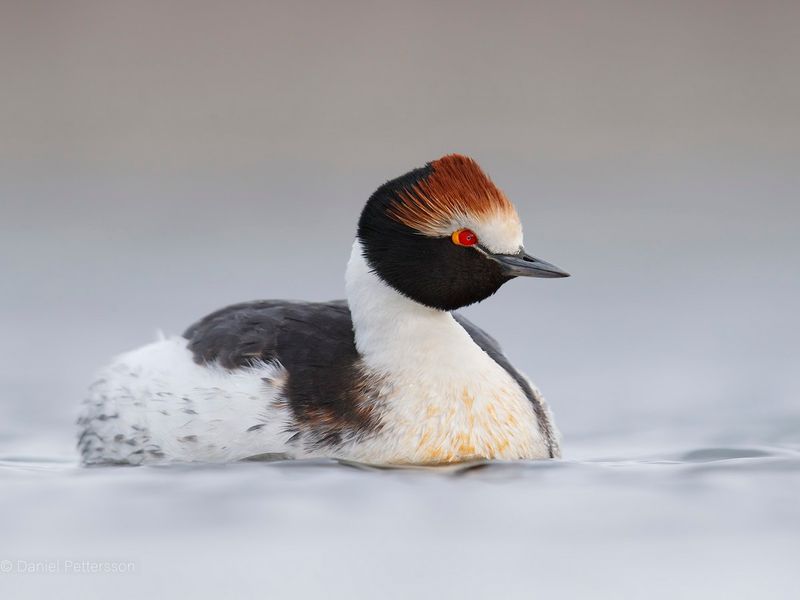
Dancing on the lakes of Patagonia, the Hooded Grebe is a sight to behold. But climate change and introduced species threaten their dance.
Known for their elaborate courtship rituals, these birds face a precarious future. With under 1,000 individuals, their survival is a delicate waltz with nature.
13. Great Indian Bustard
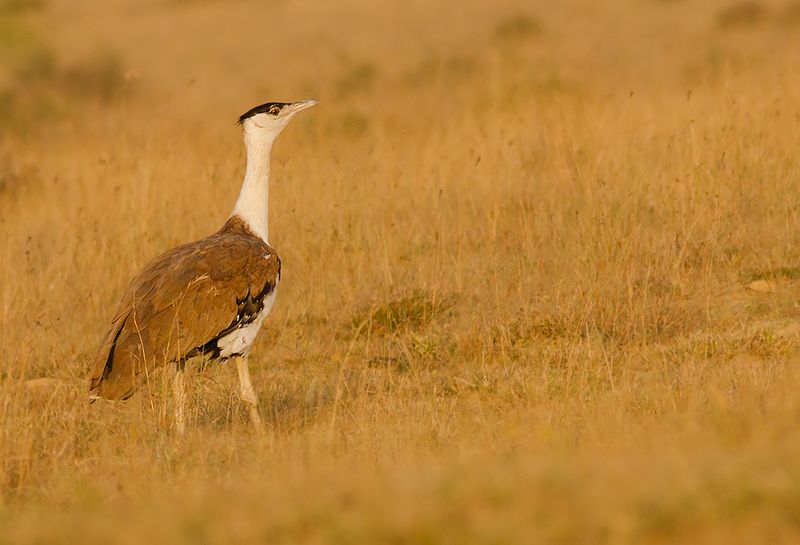
Once a common sight in India’s grasslands, the Great Indian Bustard now teeters on the brink of extinction. This stately bird’s long neck and legs make it a grassland hero.
Habitat loss and hunting have severely diminished its numbers, with fewer than 200 remaining. Conservationists are racing against time to protect their habitat.
14. Hyacinth Macaw
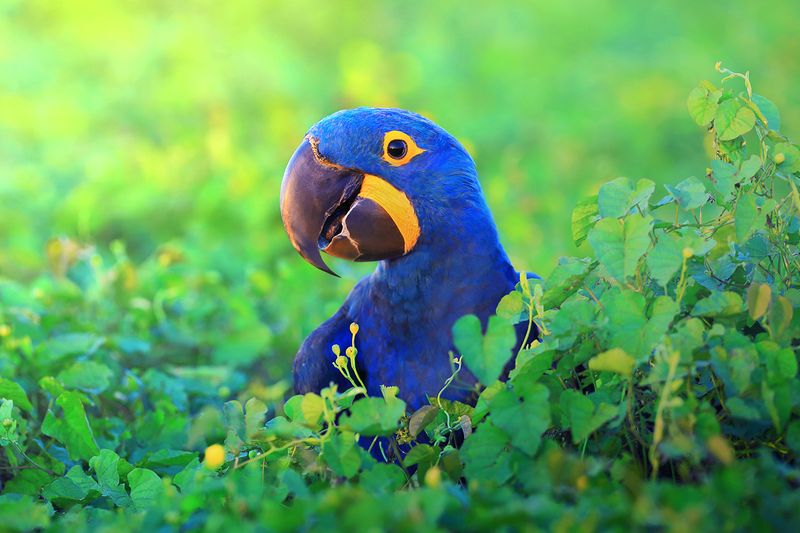
Radiating an electric blue hue, the Hyacinth Macaw is the largest of all parrots. Found in Brazil’s Pantanal, this vibrant bird’s beauty is matched by its vulnerability.
Deforestation and the pet trade have led to declining numbers, yet conservation efforts offer a glimmer of hope. With a wingspan as wide as a small car, this macaw is unforgettable.
15. Imperial Amazon
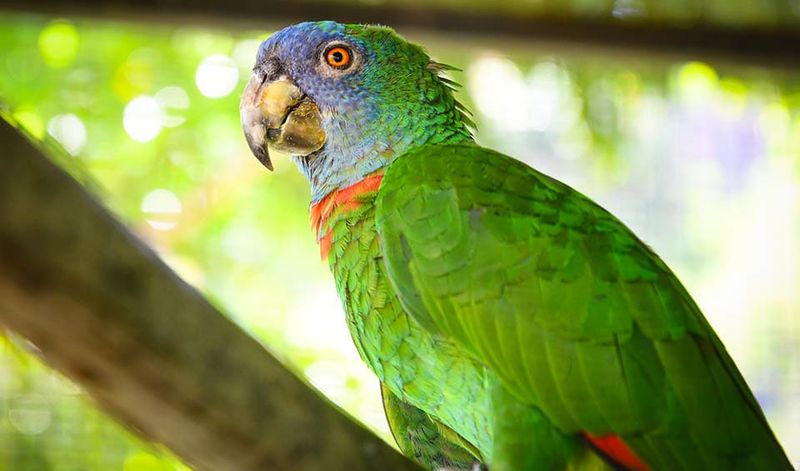
With a plumage fit for royalty, the Imperial Amazon is Dominica’s national bird. Its vibrant feathers and regal crest make it unmistakable, yet this parrot is critically endangered.
Hurricanes and habitat loss pose significant threats, with fewer than 250 left in the wild. Conservation efforts focus on habitat protection and captive breeding.

